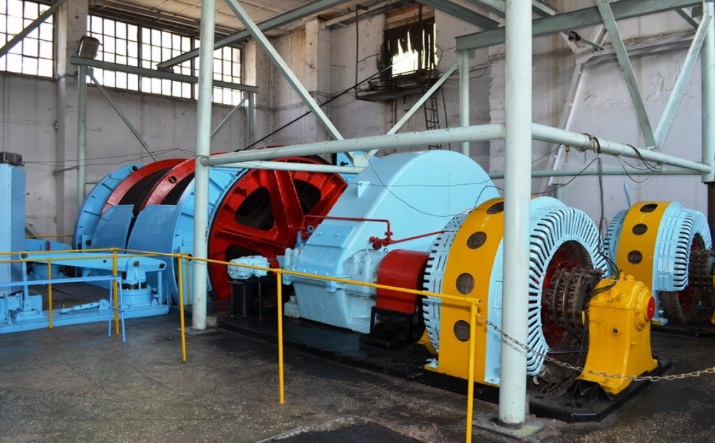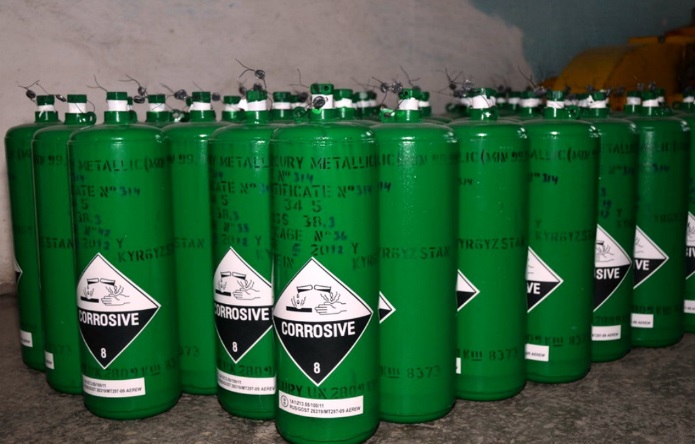News block
Facebook raises problem on mercury-containing thermometers disposal: solution found
Does everybody know what to do with broken mercury thermometer? We cannot answer this question but we surely know that one million of Facebook’s users know the answer. Why? They watched the animated video clip “Do you know what to do when your mercury thermometer breaks?”
Peoples’ feedbacks show the video clip is needful and useful but people wondered what to do with the broken thermometer. “Yes, we properly collected a broken thermometer, what’s next? Again landfill or sewage system?” people posted at UNDP’s Facebook page https://www.facebook.com/undpkg/videos/vb.116487388447179/905012559594654/?type=2&theater
An action plan on the focus
The team of the UNDP-GEF Project “Protect human health and the environment from unintended releases of POPs and mercury from the unsound disposal of healthcare waste in Kyrgyzstan” considered one of their objectives to phase-out mercury-containing medical thermometers by replacing them with mercury-free alternatives in pilot healthcare facilities (HCFs) in Bishkek. In its initial phase, the project’s team developed mercury phasing-out plan for pilot HCFs that they discussed with the representatives of pilot HCFs, Ministry of Health and the State Agency on Environment Protection and Forestry under the Government of Kyrgyzstan on October 1, 2015. In line with the plan, all of the mercury thermometers will be properly packaged, labeled and transported on a licensed vehicle to the interim storage, which underwent cosmetics repair works and equipped with necessary personal protective equipment and demercurization kit for the emergency cases.

Photo UNDP: The interim storage room for the mercury-containing thermometers from pilot HCFs.
Social media users made their adjustments
In Kyrgyzstan, and in all Central Asian States, people use widely mercury thermometers that break sometimes. We produced the animated video clip to tell people what to do with the broken thermometer. Numerous feedbacks of Facebook’s users revealed the very important problem – how to dispose the broken mercury thermometer.
Kyrgyzstan Ministry of Health in cooperation with the Project has developed ways to dispose and store mercury thermometers phased-out from pilot HCFs. Lengthy discussions generated the solution. In October 2016, the Ministry of Health and Khaidarkan Mercury Joint Stock Company concluded an agreement on transportation and disposal of mercury thermometers, upon drawing up an act of disposal.
How they will dispose the mercury thermometers at Khaidarken Mercury integrated plant? The disposal technology comprises several stages.
First stage. The waste along with the ores are exposed to the oxidizing burning with a gradual increase in temperature in various zones of the furnace from 225 to 700 degrees.
Second Stage. Generated technologic gas then goes through the dust cleaning system into the condensing system, where the mortar precipitates in condensers: metallic mercury mixed with dust, combustion products (carbon black) and water.
Third stage. Ground as a pulp the mortar is pumped from condensation into mercury weaning zone, where the mercury weaning undergoes through repulpators. Ready mercury then drained quicklime and poured into the special storage tanks.
Fourth stage. Transportation of all produced gas from the furnace is activated by the mechanical extract ventilation system.
At the end of the technological cycle, the exhausted gas goes into the central gas duct to undergo additional treatment (dust deposition and mercury vapors recovery). Burnt ore (calcine) from furnace come into the special hopper and then transported to a dump.


Photo Khaidarken Mercury JSC: Production processes in Khaidarken Mercury Mine
Zhyldyz Uzakbaeva, coordinator of UNDP-GEF “Protect human health and the environment from unintended releases of POPs and mercury from the unsound disposal of healthcare waste in Kyrgyzstan”